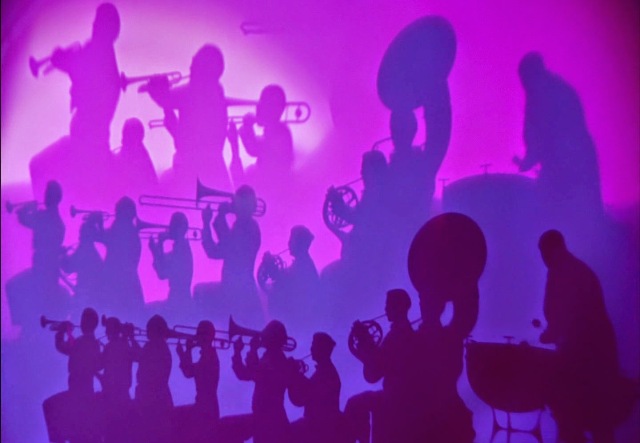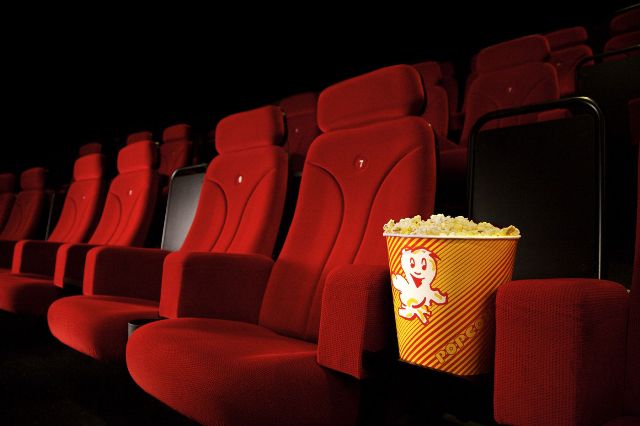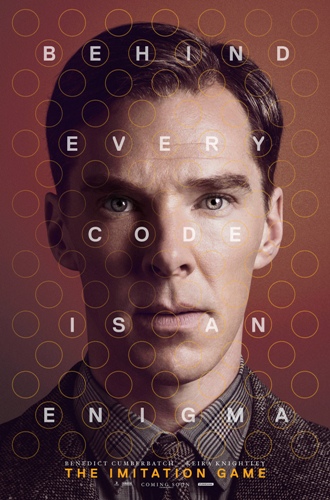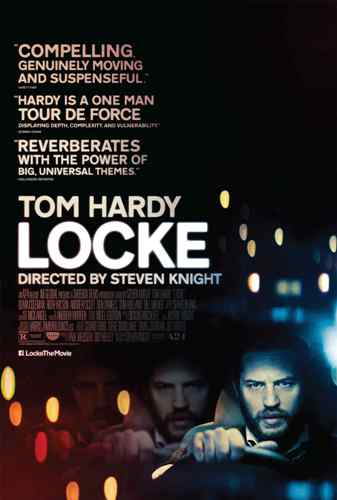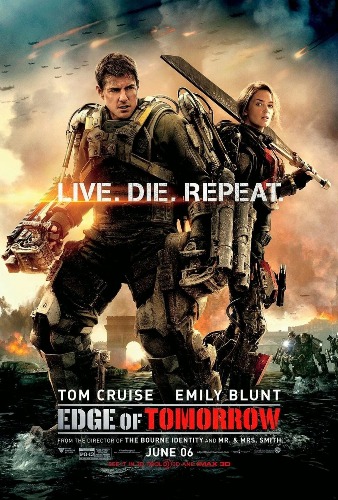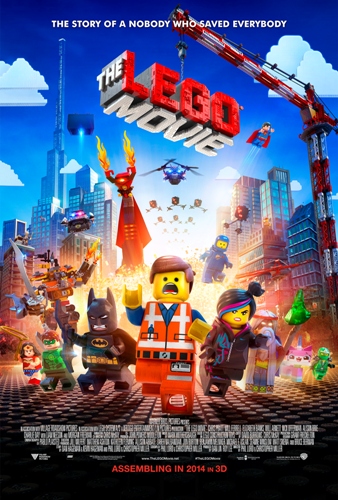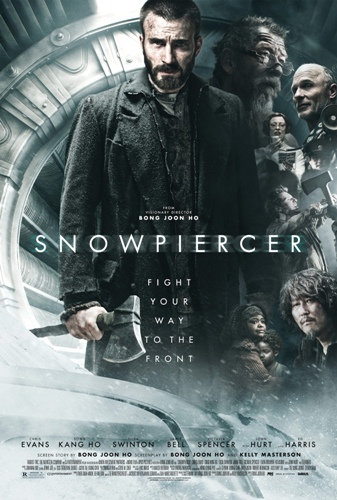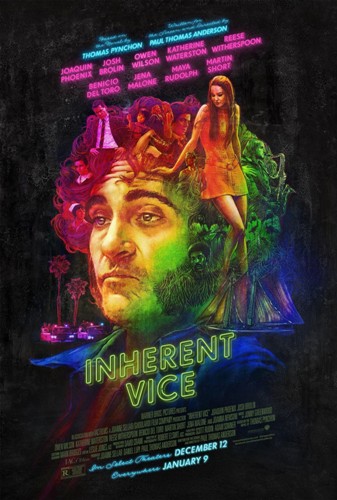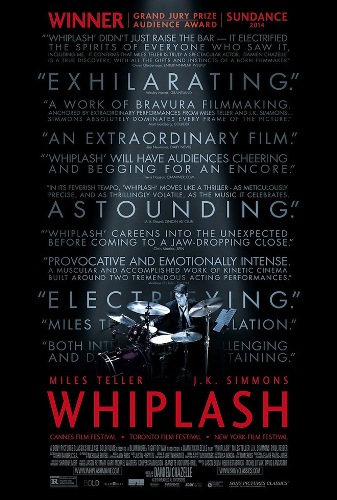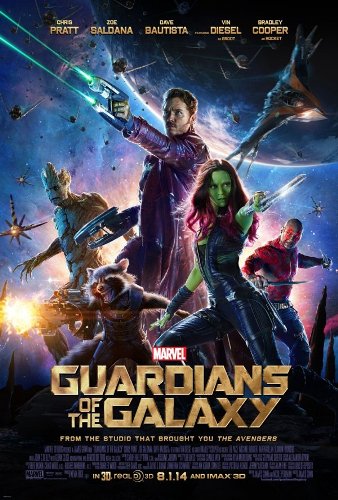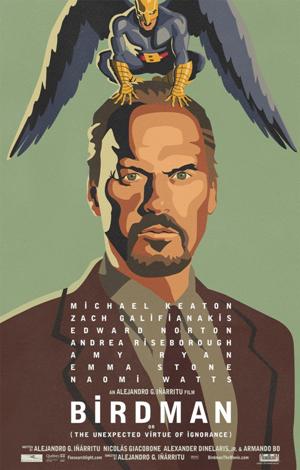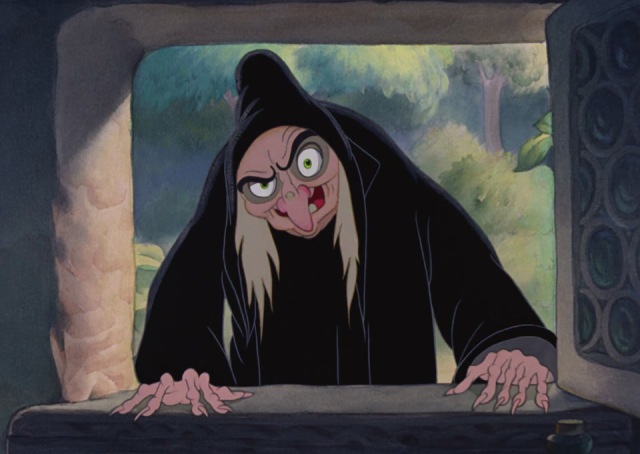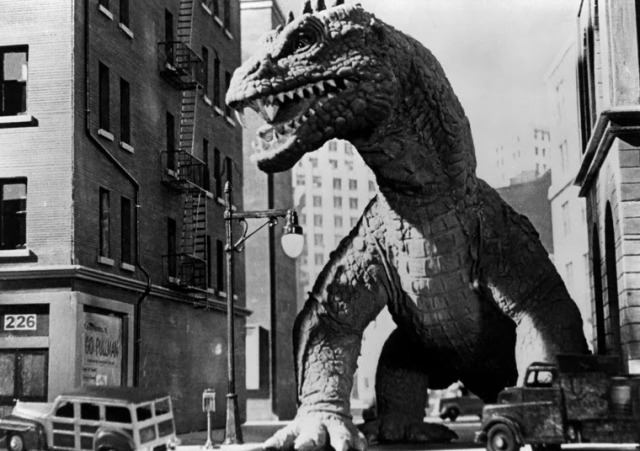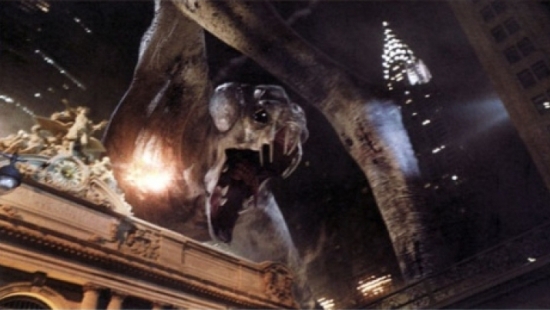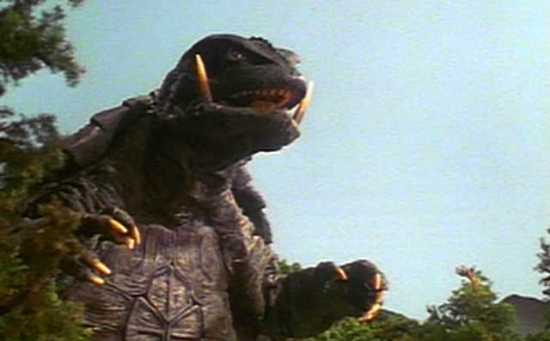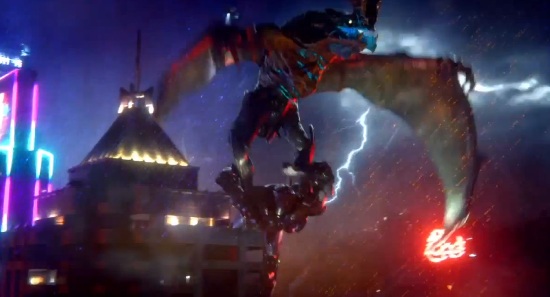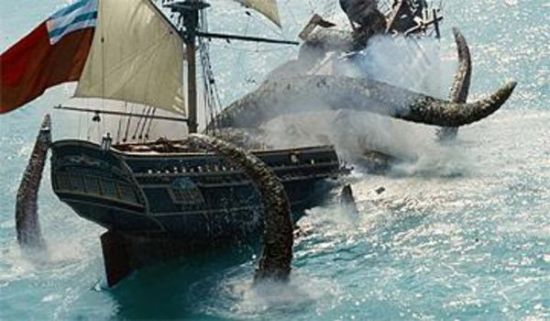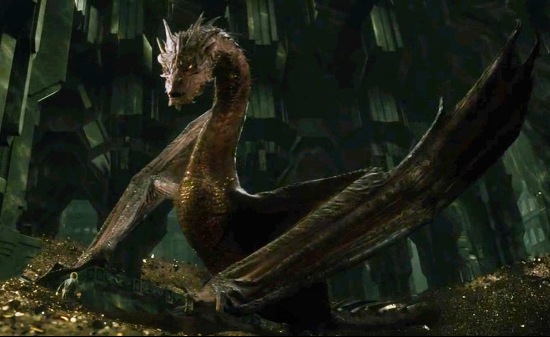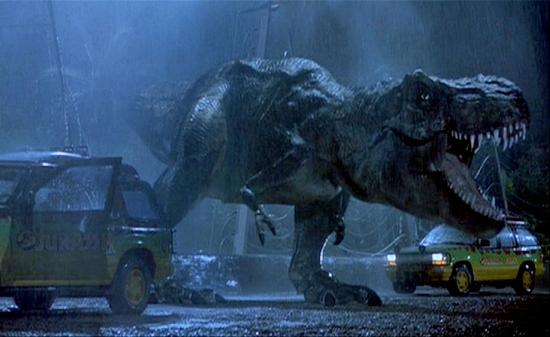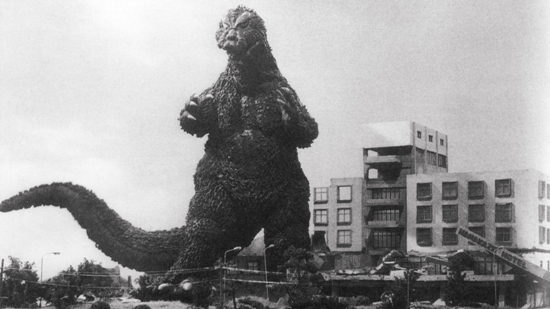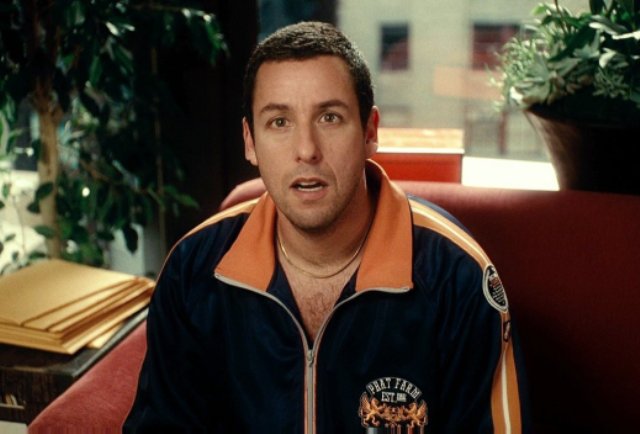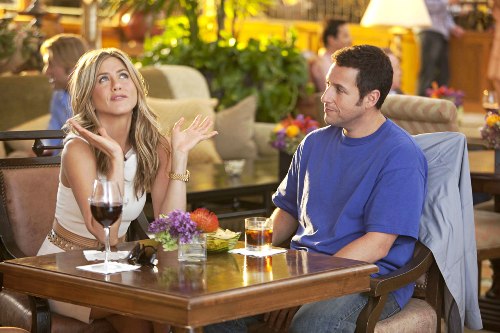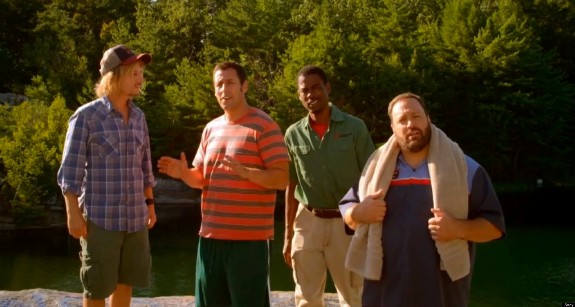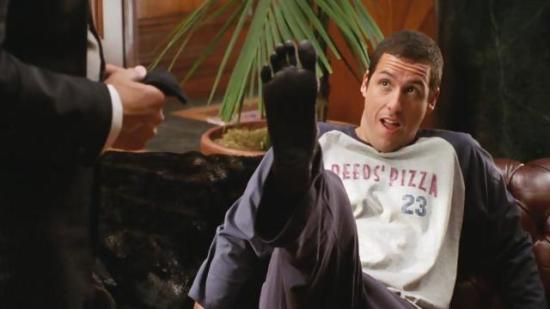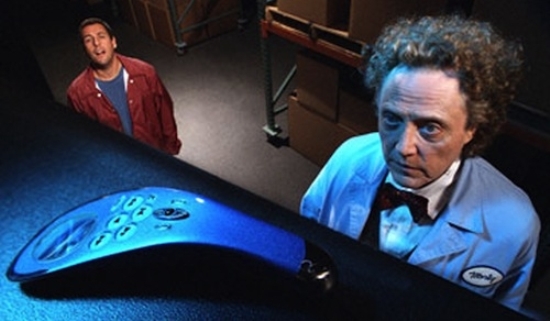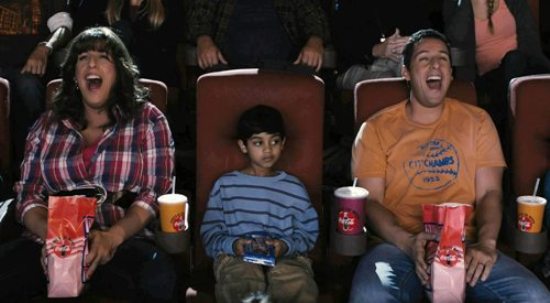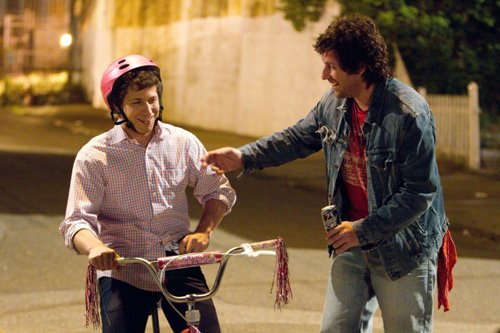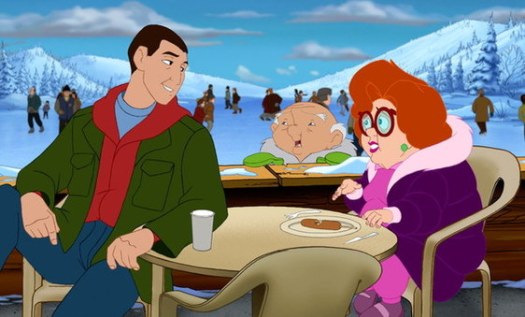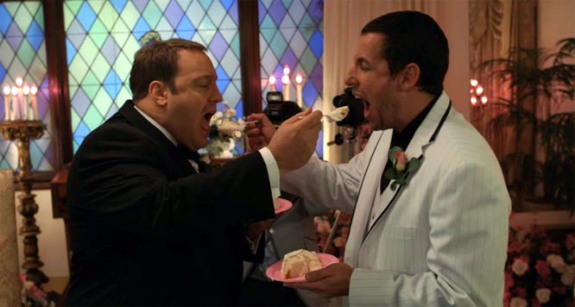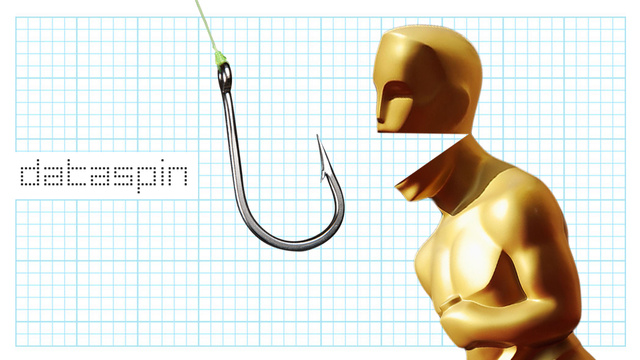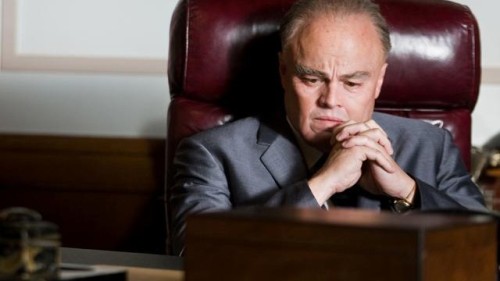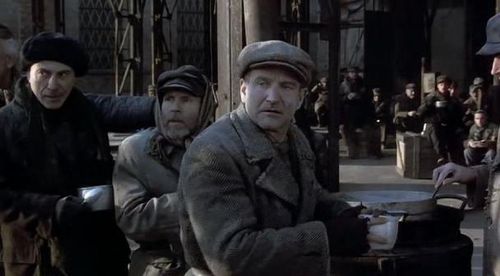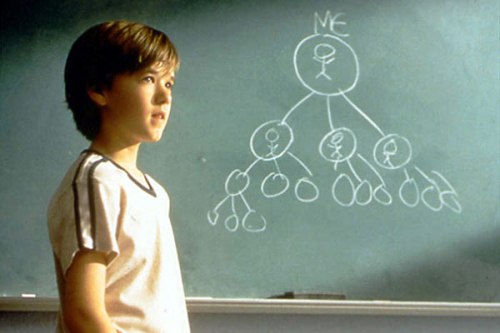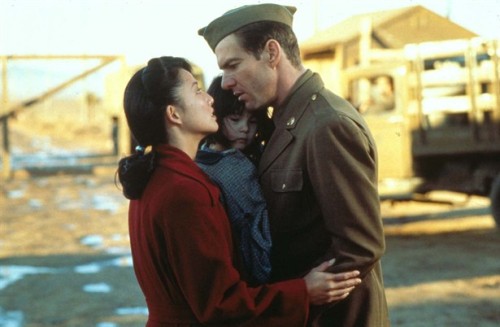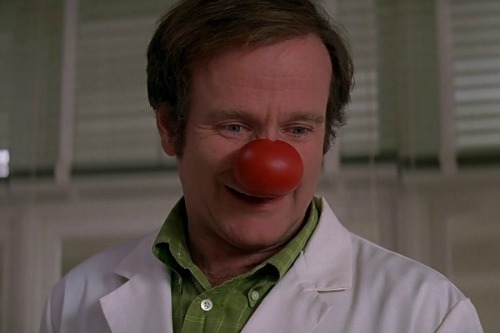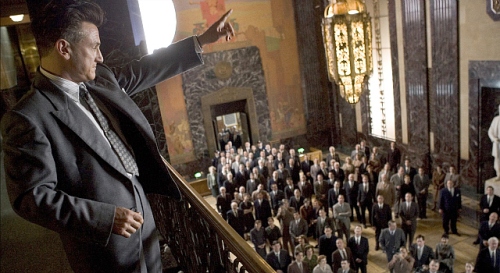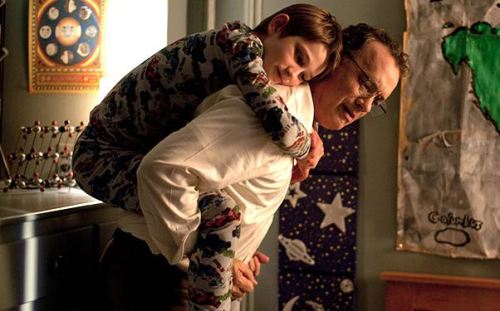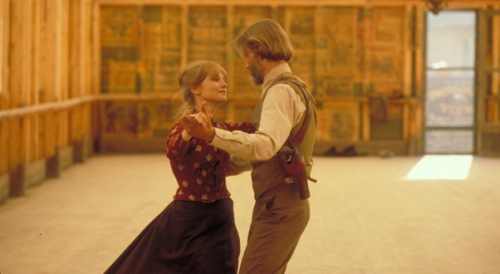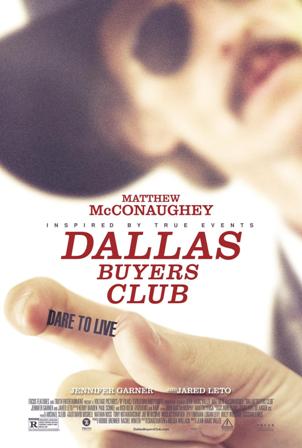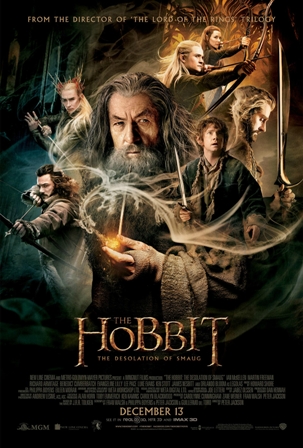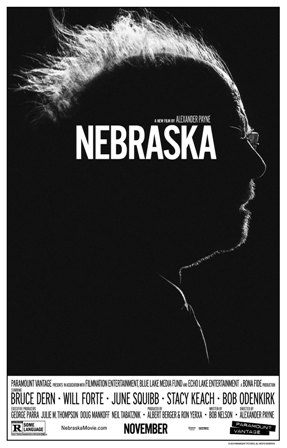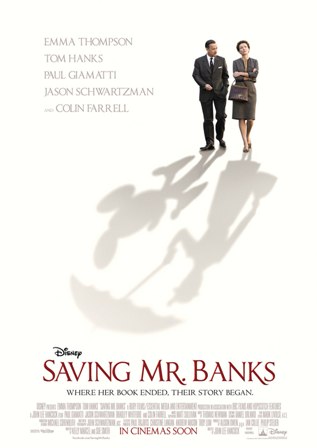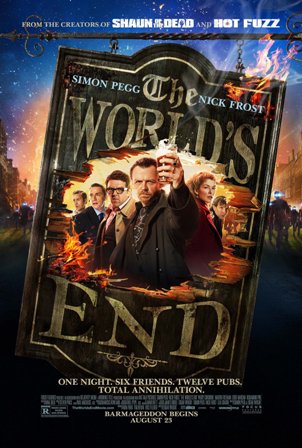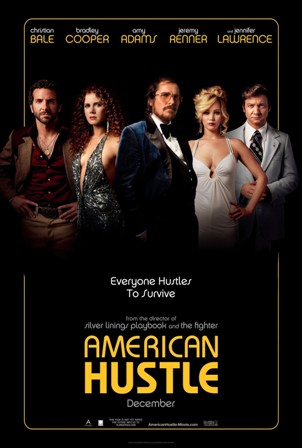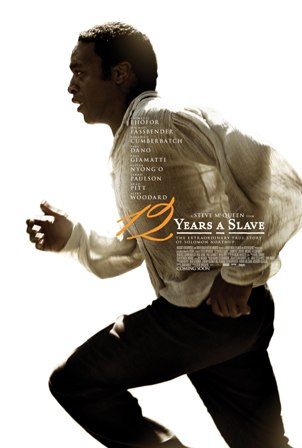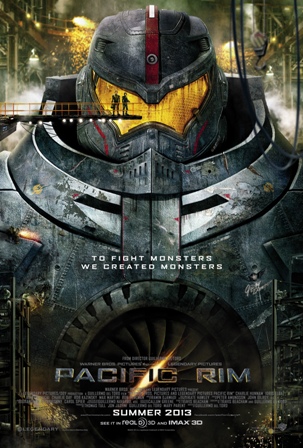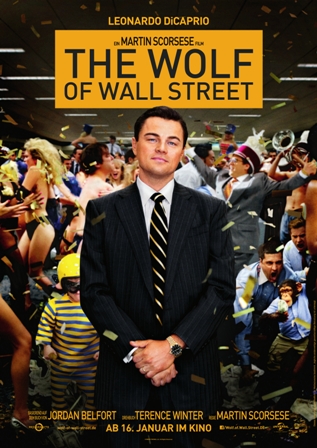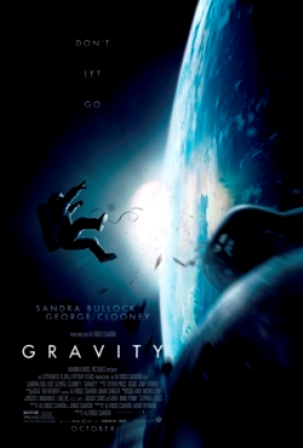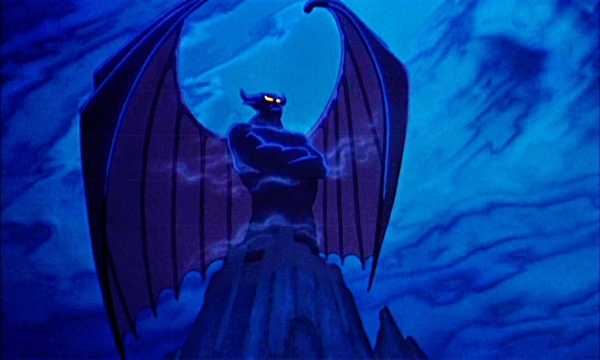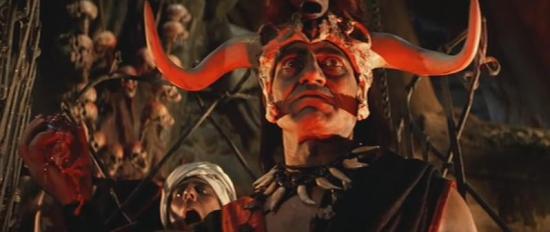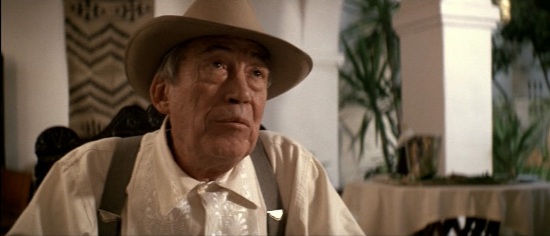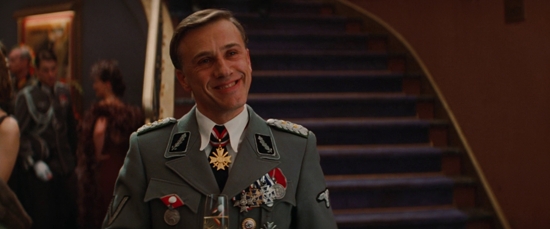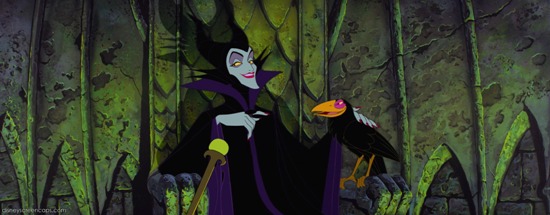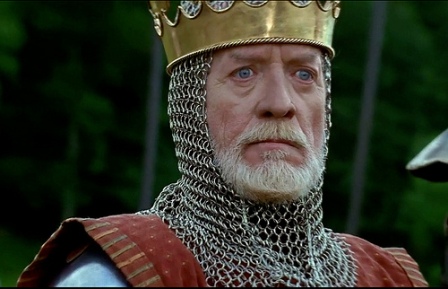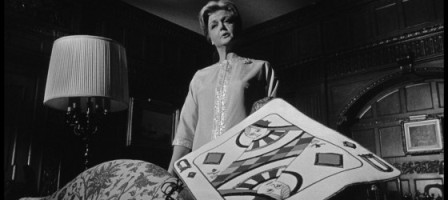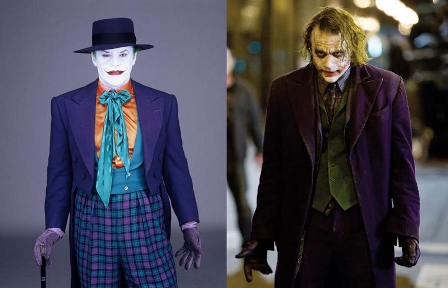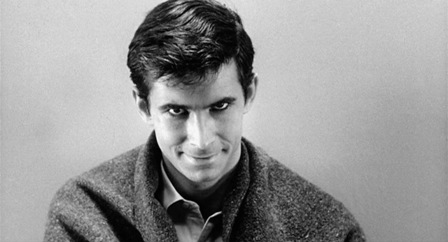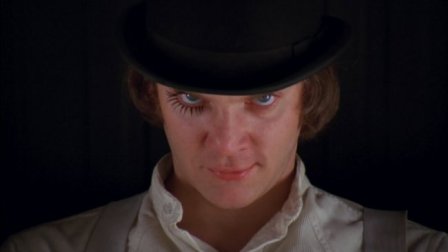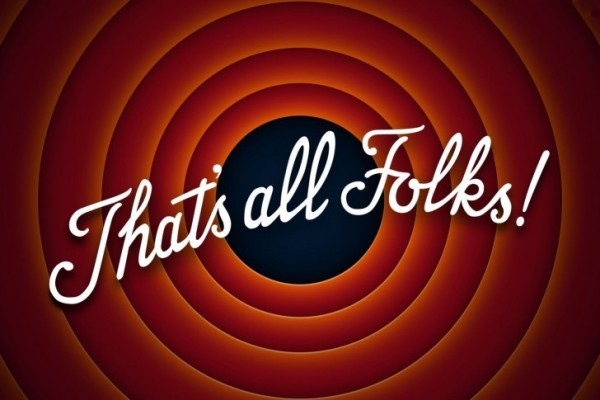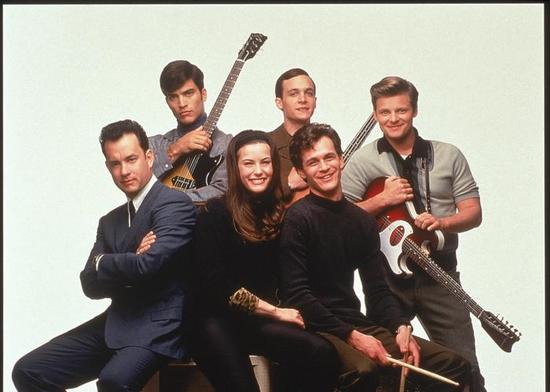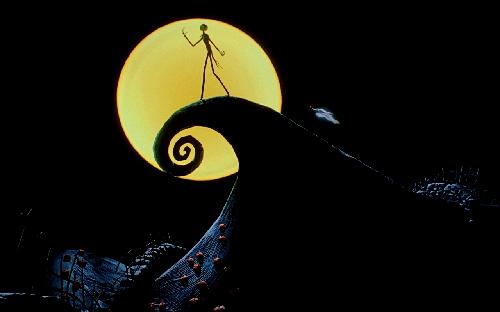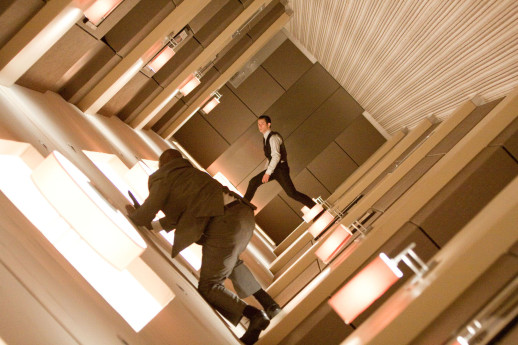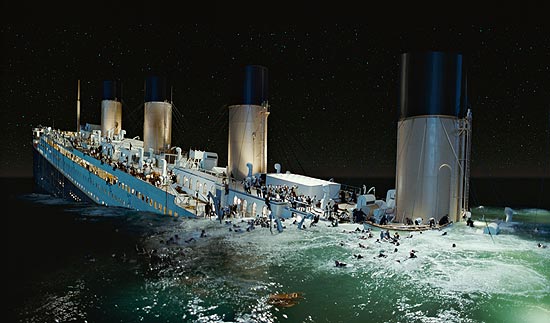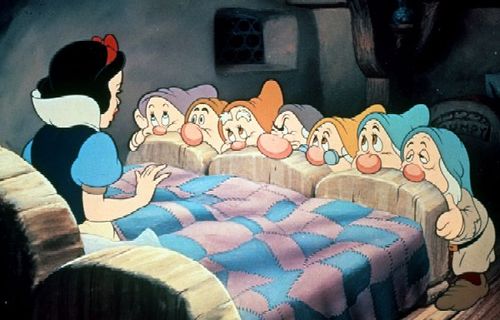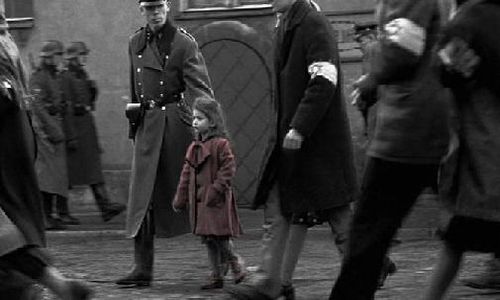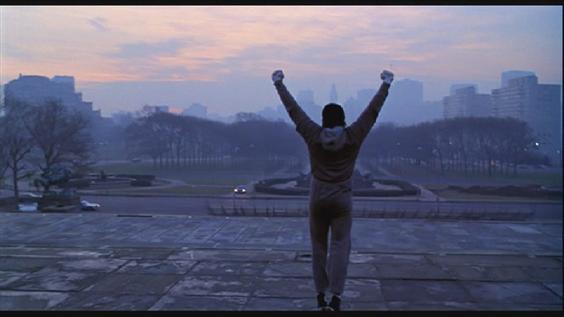For such a collaborative process, the quality of a movie usually boils down to the quality of the different people who make it. It’s not just the director that makes the movie worthwhile; his job is mainly to serve as the coach pushing his team across the finish line. A final product must also rely on an inventive cinematographer, creative production designers, fearless and professional actors, as well as an editor with a lot of patience. But, sometimes the person who may end up having the biggest impact on the final film is the person who puts on the finishing touches; the composer. It’s remarkable how much influence music can have on narrative. Done well, it can punctuate a moment and instantly make it memorable. If done poorly, such as an out-of-place music cue, and the emotion of the moment is spoiled. Sometimes filmmakers can even mold their films around a particular piece of music if it stands out well enough. Think of Rocky’s training montage without Bill Conti’s rousing theme or Jaws without the rising tension of John Williams’ two note beat. Music is the corner stone of great cinema, and is the marker of a completed production. What ends up happening with any particular film’s popularity is that it reflects back on the music too, and a film’s soundtrack has the extra benefit of being an extra source of revenue for the film studios that make them. Film composers as a result end up becoming some of the more recognizable crew members in the industry, and that’s a distinction that I believe is well earned.
I for one love the music of the movies. In particular, I am a big fan of rousing, epic musical themes. Epic music usually is big and bombastic and it often has it’s basis in the classical style, which I also love. If it’s backed by a full orchestra and is able to give my body goosebumps, than it’ll definitely end up on my favorite playlists. And given Hollywood’s great love for epic-scale cinema, there hasn’t been any shortage of great musical themes written over the years. The 1980’s and 90’s was a particularly strong Golden Age for film scores, with great composers like John Williams, Danny Elfman, Hans Zimmer, and James Horner among others coming into their own. My favorite pieces usually fall within this time period, but that’s also because these were the decades that I grew up in, so my choices are more or less tied to my childhood preferences. Even still, I do admire all the great music that Hollywood it’s entire history. Sometimes, even mediocre films can contribute a memorable tune that stays fresh in my memory for years to come. What follows is a top 10 list of my personal favorite epic musical themes from movies. I have also included audio/video tracks of each piece, to let you hear exactly what I’m referring to with each. Keep in mind, this list is made up of entirely orchestral themes from non-Musical films. Popular songs are left for another list entirely, and these picks are of one particular track of music, and not the whole score itself. For the most part, these represent the rousing, epic theme music that I continually listen to time and time again.
10.
“ESCAPING THE SMOKERS” from WATERWORLD (1995)
Composed by James Newton Howard
Waterworld, to be frank, is a pretty big mess of a movie. With a confused script that touches on larger environmental and societal issues but never fully commits and actors not quite knowing what they’re doing (except the great Dennis Hopper, who’s a blast to watch in his hammy performance as the villain), the movie is all ambition but no heart. Couple that with a bloated production that nearly sank the careers of all involved, and you’ve got one of Hollywood’s most notorious flops. But the one saving grace for this Kevin Costner-headlined movie is it’s musical score. Composed by James Newton Howard (one of the many composers of this Golden Age era), the music of Waterworld is effectively epic and no more so than this particular theme. This is probably the most recognizable piece from the whole movie and with good reason. Underscoring the climatic battle scene of the film’s finale, Escaping the Smokers is a perfect example of the music themes typical of the era. Bombastic, fast-paced and instantly memorable, this piece like many others of the 80’s and 90’s was meant to give it’s film an identity. The rousing repeated beat easily grabs a hold of you and helps you to identify this as uniquely a part of the Waterworld experience. The same holds true for many of the others on this list, but Escaping the Smokers makes it onto mine purely because I just like listening to it. It’s got an energy to it and it’s a great example where even a flawed and mediocre film can indeed be home to some great music.
9.
“PARADE OF THE CHARIOTEERS” from BEN-HUR (1959)
Composed by Miklos Rozsa
Another remarkable era for film orchestration was in the 1950’s, when Hollywood was bingeing on elaborate historical and biblical epics. Though most of the scores of this period usually all sounded the same, there was no denying that the trend of this period leaned more in the big and grand direction. There were standouts, like young Elmer Bernstein’s breakthrough work in The Ten Commandments (1956), or Alex North’s contemporary influenced Spartacus (1960). But if there was an epic score that really defined the era, it would be the music of Ben-Hur, composed by Hollywood veteran Miklos Rozsa. Rozsa had built a stellar career in Hollywood, contributing scores to nearly 100 films for over four decades. Ben-Hur was by far his biggest project, and his exceptional and spiritually moving score easily won him a well deserved Oscar. There are plenty of tracks that are noteworthy in the movie, but the one that really stands out for me is this piece, the Parade of the Charioteers; used as the lead up music to the film’s iconic chariot race. There’s no way to know how processional music of the Roman Empire might’ve sounded in real life, but Rozsa’s melody sounds authentic enough to feel just right for this movie. I love the way that the marching beat keeps building in this, along with the trumpets that really helps to boost the grandness behind the march. In the movie, this music is played as the charioteers make their way around the arena before their race, and it’s a scene played almost dialogue free. It’s a beautiful example in the movie where the music helps to guide the moment, allowing it to take the spotlight. As far as classic Hollywood music goes, they don’t get more grand than this.
8.
“PROMONTORY” from THE LAST OF THE MOHICANS (1992)
Composed by Randy Edelman & Trevor Jones
Now a decidedly more modern sounding musical theme. Promontory is one of the more unusual themes to find it’s way into a historical epic, but that’s what makes it such a great piece of music as well. Befitting the tastes of director Michael Mann (not the most likely of names to be associated with a period drama), this piece of music has a very modern beat to it, with electronically enhanced rhythms. But, even still, it does feel right for the movie that Mann created. Based on the early American classic by James Fenimore Cooper, The Last of the Mohicans is a gritty epic that delves deeply into the fractured relationship between English colonialists and the Native Americans with whom they are clashing. The piece of music itself actually compliments this dichotomy perfectly, with the Native American drumbeat mixed beautifully with the English strings. And the pulsing melody builds to an exhilarating conclusion; which in the movie plays out during the memorable and dialogue-free finale. The Daniel Day-Lewis headlined film marked a stark contrast with other epics of the time. While many of the epics of this period were more rousing and upbeat, with music that supported that style, The Last of the Mohicans was considerably darker and less glamorous. Promontory is a perfect representation of that melancholy mood. Michael Mann called upon two composers for his film, but the end result doesn’t feel disjointed. In fact, it’s a rare case where two minds managed to make the entire piece feel like a cohesive whole. Though the whole score of the movie is strong, Promontory is by far the standout, and probably the most haunting piece on this list. It’s also a good movie theme to have on your workout playlist, given the steady buildup of the score’s beat. It’s the kind of music that really helps to reve yourself up.
7.
“OVERTURE” from ROBIN HOOD: PRINCE OF THIEVES (1991)
Composed by Michael Kamen
Say what you will about Kevin Costner, but his movies seem to always deliver in the music department. And no more so than this beautiful piece by the late, great Michael Kamen. Robin Hood: Prince of Thieves is not exactly beloved by everyone. Some find it corny with an unsubtle screenplay and some fairly laughable performances (especially when Costner tries to feign an English accent). But the one thing that people can’t complain about with this movie is the musical score, and indeed the whole soundtrack may in fact be composer Kamen’s best work. The Overture is exactly what the name entails, which is the opening theme over the titles, shown over images of the famed Bayeaux Tapestry; a fitting mix of sound and visuals to open an epic adventure. It’s also a nice example of a contemporary composer writing something with a classical sound. This theme could have played perfectly well in any era of Hollywood epics, but it’s also not too out of place in our own time either. To be honest, I’m actually an unapologetic fan of this entire movie. I acknowledge that it’s cheesy, but that’s part of the charm for me. And a big reason why I love Prince of Thieves so much is because of how good the musical score is. Really the whole soundtrack is worth listening to. The rousing melody here perfectly invokes the meaning of the word “epic” and the Overture, which gives us the main recurring theme of the film, is easily the most recognizable and beloved part of the movie. It’s a piece of music that was widely reused in a lot of film trailers for many years, especially immediately after it’s premiere. And when other movie studios like you music so much they use it for their own marketing, that’s when you know you’ve got something great.
6.
“BATMAN THEME” from BATMAN (1989)
Composed by Danny Elfman
Probably the best source for epic theme music today comes from super hero genre, given the recent boom in the market. And while many of them are stirring and sometimes memorable, there’s also the danger of having them sound too much alike as well, with composers playing more with what works rather than getting creative. John Williams definitely set the bar high when he created his iconic Superman theme for the 1978 Richard Donner film. But, if there was ever a piece of music that broke the rules of the Super Hero genre and did something so far removed from John Williams’ theme, it would be this equally iconic piece of music from Danny Elfman. Elfman is one of those rare film composers who has a distinctive sound that is all his own. A Danny Elfman tune is easily recognizable and it seems he always saves his best bits for his long time collaborator Tim Burton. I’m sure that both Burton and Elfman were seen as odd choices to bring the Caped Crusader to the big screen, but it turns out they were exactly the right men for the job. Much like the movie itself, Elfman’s music perfectly encapsulates what Batman is; dark, Gothic, menacing, with just a hint of melancholy and a tiny bit of weirdness. It’s a perfect melody to announce to the world that Batman has arrived. Hans Zimmer also wrote a memorable theme for Christopher Nolan’s Dark Knight trilogy, but even that doesn’t have the same kind of imprint on the character that this theme does. Nobody brought out the best in the Dark Knight more than Danny Elfman, and this is easily my favorite musical theme ever for a super hero.
5.
“RIDERS OF DOOM” from CONAN THE BARBARIAN (1982)
Composed by Basil Poledouris
Going from something moody to something just plain “BIG,” this piece of music is the very definition of the word epic. It’s a textbook example of how to pump up a cinematic moment with music. The relentless drum beat, the soaring strings, and the overwhelming vocal choir. Composer Basil Poledouris almost seems like he wants this to be the epic theme to end all other epic themes. Surprisingly in the movie, which was Arnold Schwarzenegger’s first starring role, the music isn’t used for any epic moment though. You would think that it belongs with a huge battle scene or a climatic showdown between hero and villain. But, that actually isn’t the case. Instead it’s used to introduce the titular “riders” into the movie as they lay waste to a small village. Either director John Milius didn’t realize the gold that he had with this music, or Poledouris went above and beyond what he was called upon to do. Either way, this is an exceptional piece of music. It probably stands better to listen to this piece separated from the movie itself. Nintendo famously used this music to promote an upcoming release of their beloved Legend of Zelda series in a pre-lease trailer, which is befitting given the game’s medieval battle motif. Other film companies also have used the music for their movie trailers too, which shows once again how a popular piece of music can have a life of it’s own outside of the movie. I for one just love the energy of this piece. It’s the kind of music that gives the listener goosebumps, knowing that they are listening to something with power to it; something which all the best pieces of music can do.
4.
“THE THRONE ROOM” from STAR WARS EPISODE IV: A NEW HOPE (1977)
Composed by John Williams
Yeah, you knew Star Wars was going to end up on this list at some point. Widely considered the greatest film score of all time (and certified as such by the American Film Institute), Star Wars is a tour de force of cinematic music. John Williams, who became an instant legend with his work on this film, broke from the standard of 1970’s theme music (which favored quieter and more intimate orchestrations) and delivered a musical score steeped very much in the classical style. Inspired very heavily by the works of Igor Stravinsky, John Williams’ Star Wars score is big and assertive, and it perfectly matched the bold vision of George Lucas’ groundbreaking space opera. But, with a film score this iconic, which one of it’s melodies stands out as the best? It’s a tough choice because there is so many to choose from. The unforgettable Opening Theme, the dreamy Force theme, the oppressive Imperial March, or heck even the cheesy Cantina Theme. If I had to choose the best one, it would be the final piece at the end called The Throne Room. It’s a triumphant orchestration that really cements the score as a whole, leaving the audience with a strong reminder of the glorious thing they have just witnessed. The sound of the trumpets over the rest of the orchestra is what really sells the grandness of the piece. Seen as part of the movie, where it plays over the scene where Luke Skywalker and Han Solo are given medals for their service, the music perfectly establishes the epic feel of the moment. Had George Lucas not called upon John Williams to score his film, I don’t think the movie would have developed the following that it has today. His contribution is what ultimately helped to send this adventure beyond the stars.
3.
“ARRIVAL AT AUDA’S CAMP” from LAWRENCE OF ARABIA (1962)
Composed by Maurice Jarre
I’ve said it before, but again Lawrence of Arabia is my all time favorite film and the music is a big part of why I love it so, naturally it also earns a place on this list as well. The entire score, brilliantly composed by Maurice Jarre, is both epic and intimate. At some points it will blow you away with it’s grandiosity, and then in other moments it will slow down into a moody, contemplative tune. And it all perfectly matches the setting and the narrative of the story, showing the life of an English officer who helped to lead an Arab revolt against the Turks in WWI. It’s equal parts classical and modern, which underlies the theme of a changing world that’s entering the 20th Century. But, while I do like the moody, and very Arabic inspired melodies during the film’s quieter moments, my favorite parts are still when the score really hits it’s big moments. And the score’s high point would be this almost biblical scale piece called Arrival at Auda’s Camp. In the movie, Lawrence and his companions are invited by Sheik Auda abu Tayi (brilliantly played by Anthony Quinn) to come to his camp in the valley of Wadi Rum, which he jokingly refers to as a “poor place.” Of course, Wadi Rum is anything but poor, and the music perfectly underlines just how majestic the valley really is. Maurice Jarre’s music really celebrates the scale of the scene, giving the moment grandiosity but also establishing a jovial beat as well. Seen with the unbelievable visuals, the music is almost transcendent; very much underlining the epic scale of the whole production. Jarre deservedly won an Oscar for his work on the film, and no doubt this particular piece helped to earn the film it’s widespread acclaim.
2.
“THE LIGHTING OF THE BEACONS” from THE LORD OF THE RINGS: THE RETURN OF THE KING (2003)
Composed by Howard Shore
Peter Jackson’s groundbreaking epic trilogy is still fondly remembered today for it’s grandiose music just as much as for it’s out-of-this-world visuals. What was surprising to some was the fact that the entire trilogy’s musical scores were composed by someone like Howard Shore. Shore came from the world of scoring zany comedies and oddball action thrillers. He even got his start in the business as a music director for Saturday Night Live. Not the kind of resume you would expect for someone tasked with bringing the music of Middle Earth to life. But not only did Howard Shore deliver the goods in this trilogy, he ran away with them as well, taking home three Oscars in the process. The whole trilogy is full of instantly recognizable themes, from the iconic “Fellowship” theme of the first movie to the haunting Rohan theme of the second. But Howard Shore saved his best for the finale as The Return of the King features two of probably the grandest musical arrangements ever brought to film. One is the glorious Charge of the Rohirrim, which is one of the greatest battle themes ever written. But even that amazing piece is overshadowed by what I think is the trilogy’s highest point. That of course is a piece called The Lighting of the Beacons. This arrangement is the epitome of “epic,” starting slow and then building up to a mighty crescendo that easily will raise anyone’s goosebumps. Peter Jackson clearly wanted to showcase Howard’s music in the movie, as this musical theme plays over a montage of epic visuals that perfectly matches the rising momentum of the melody; those visuals being flyovers of the landscape of Middle Earth as beacons are lit on the high mountaintops between the nations of Gondor and Rohan. Even with all the amazing work done up to that point in the trilogy, Shore still managed to deliver a knockout in the third film, and it clearly showed why he was the right person in the end to bring the music of Middle Earth to life.
1.
“PARADE OF THE SLAVE CHILDREN” from INDIANA JONES AND THE TEMPLE OF DOOM (1984)
Composed by John Williams
Of course John Williams takes the top spot, but many of you may find this an odd choice for #1. Why this piece, out of all the amazing scores that Mr. Williams has written. Well it just comes down to personal preference. I’m a huge fan of Indiana Jones and Temple of Doom is my favorite film in the series, thanks in no small part to Williams’ score. But, beyond that, I also just believe that Temple of Doom is top to bottom John Williams’ strongest score in his entire career; even more so than Star Wars Episode IV. It is the master composer at his most epic and the whole score is filled with unbelievably rousing orchestral themes. Chief among them though is this piece titled Parade of the Slave Children. The music underscores the scene where Indiana Jones (a pitch perfect Harrison Ford) helps the enslaved children held captive by the Temple’s leaders escape. While the scene doesn’t call for anything truly epic or memorable, John Williams somehow saw potential in this moment and delivers what is probably his grandest theme yet; at least in my opinion. I love everything about this piece of music; the rising, slightly metallic downbeat, the big orchestral sweeps, and just the fact that it easily conjures up the feeling of adventure. While I do like the Indiana Jones March a lot too, this is still the melody that embodies the Indiana Jones movies the most for me. It’s Dr. Jones at his most epic. I always have this piece at the top of my playlists and it’s a great tune to reve myself up for anything, whether it’s working out or writing. It’s also the musical piece that best represents the idea of “epic” for me. While many of the others on this list are quintessentially epic as well, none manage to grab my attention more than Williams’ work in Temple of Doom, and that’s why I give it the highest spot on my list.
So, that’s my list of my favorite Epic musical themes from movies. While I’m sure that some of you can think of other musical pieces that stick with you more than these, my hope is that I still made a list that best represents the value of epic scale orchestrations in movies. Indeed, sometimes it’s the music that ultimately makes or breaks a final film. It all depends on how much effort the composer puts into his work. If he’s just cashing in a pay check, then it’s likely that the movie’s score will sound generic and uninspiring. But, if inspiration hits that same composer in unlikely ways, than something special can come out in their music. Usually it’s the composer who tries to experiment with new things that ends up leaving the biggest impact. And great trend setters like John Williams, Danny Elfman, and Hans Zimmer have easily earned their place as icons of the industry by continually pushing their limits and the movies they work on are the better for it. Hopefully, my list helps to highlight some really great pieces of music and has helped a few of you choose some new melodies to put on your playlists. Whether it’s big and bombastic or small and intimate, music is one of the most powerful tools in film-making and one that I hope continues to be used in creative and interesting new ways.
